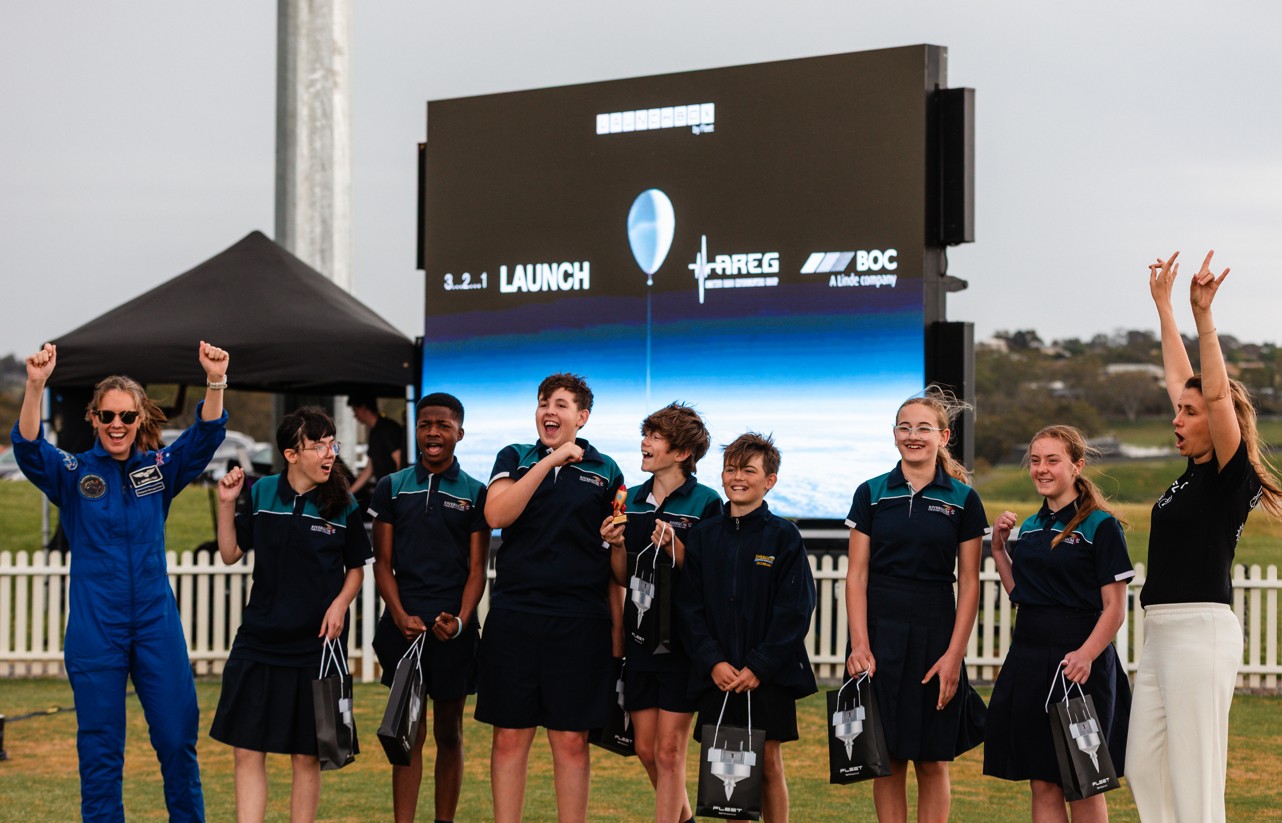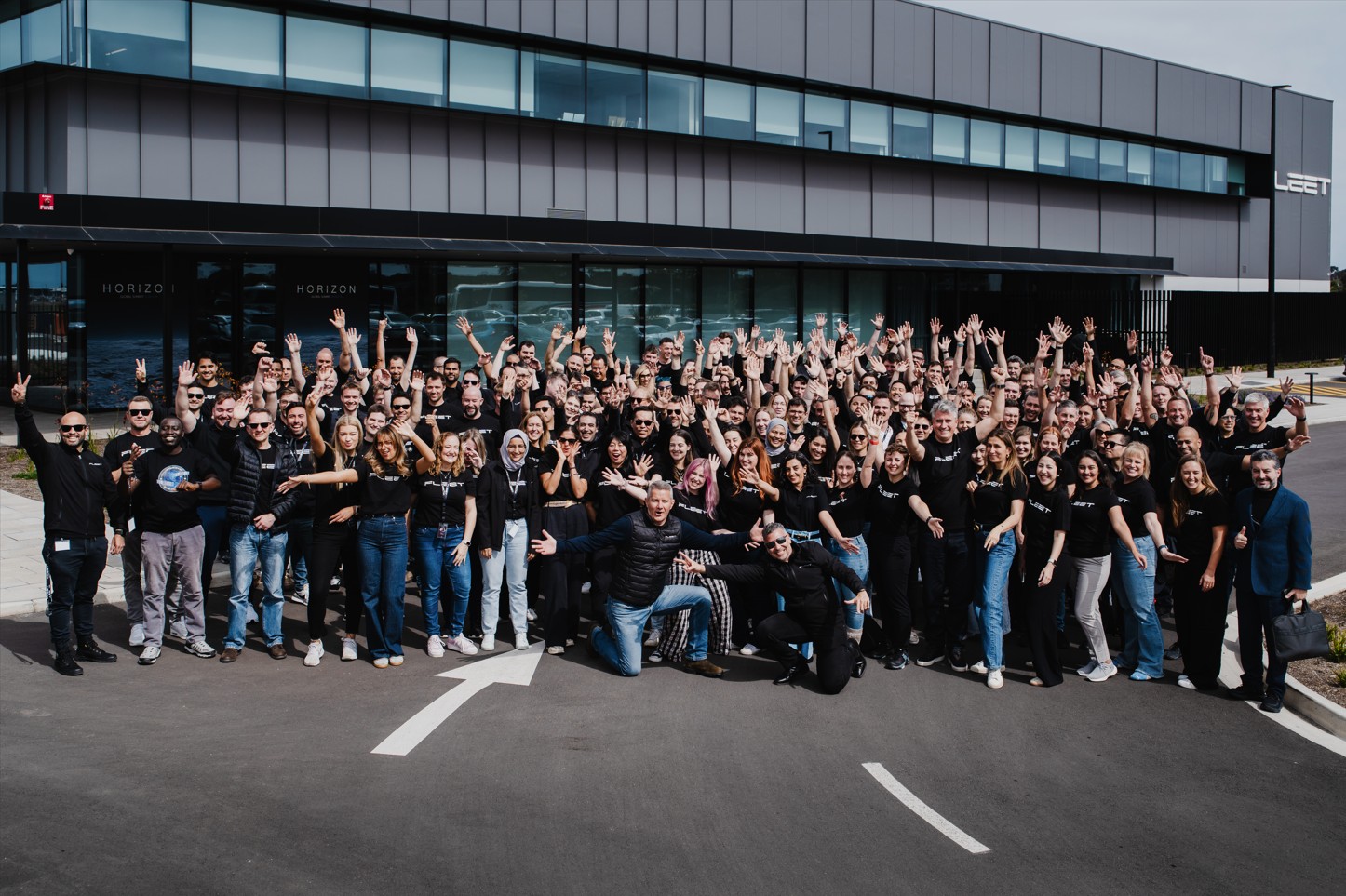Fleet’s Lunar Seismic Technology Heads to the Moon on Firefly’s Blue Ghost Lander

Fleet Space Technologies, a leading Australian space exploration company, has announced that its SPIDER seismic technology will land on the Moon’s surface aboard Firefly Aerospace’s Blue Ghost lunar lander as part of Firefly’s second lunar mission in 2026. This international mission to the far side of the Moon will also include payloads from NASA and the European Space Agency as part of NASA’s Commercial Lunar Payload Services (CLPS) initiative.
Earlier this year, Fleet was awarded a A$4M grant by the Australian Space Agency for its Moon to Mars: Demonstrator Program to develop a geophysical device that will deliver insight about the subsurface of the Moon’s South Pole and search for water ice deposits. Fleet’s geophysical device for the Moon is a variant of its terrestrial ExoSphere by Fleet® technology. Harnessing Earth’s natural seismic waves, ExoSphere can create a 3D subsurface model of a survey area in days, rather than months or years - with near-zero environmental impact - for global exploration companies worldwide.
The geophysical device that will be deployed on the Moon by Firefly’s Blue Ghost lunar lander is called the Seismic Payload for Interplanetary Discovery, Exploration and Research (SPIDER). Leveraging the latest advances in Ambient Noise Tomography(ANT), the device will record the natural seismic waves in the Moon’s subsurface continuously for 14 days. Designed as a multi-component seismic station that can operate on one-watt of power, SPIDER’s data collection and transmission will be enabled by a tether to the Blue Ghost lander.

“Humanity is on the brink of making tremendous strides in our scientific understanding of the lunar regolith by using advanced seismic technologies to acquire deeper insights about the Moon’s subsurface. Technologies, like SPIDER, will become key enablers of our long-term efforts to sustain life on the Moon and beyond,” said Matt Pearson, Co-Founder and Chief Exploration Officer at Fleet Space Technologies. “Fleet is honored to contribute our groundbreaking passive seismic technology to advance research that will enable the development of permanent infrastructure capable of supporting human life on other worlds. As the first Australian seismic technology to land on the Moon, we’re proud to take the first step of Australia’s 7 Sisters mission to explore the Moon and Mars in alignment with NASA’s Artemis program.”
Firefly’s second lunar mission utilizes a two-stage spacecraft with Firefly’s Blue Ghost lunar lander stacked on their Elytra orbital vehicle to enable versatile lunar surface and orbital deliveries. Elytra will first deploy the Blue Ghost lander and the European Space Agency’s Lunar Pathfinder satellite in lunar orbit. Blue Ghost will then touch down on the far side of the Moon with NASA’s LuSEE-Night radio telescope and Fleet’s SPIDER.
“The Fleet team shares Firefly’s passion for space exploration, which makes us very excited to work together and integrate SPIDER into our Blue Ghost Mission 2 lander,” said Farah Zuberi, Spacecraft Mission Manager at Firefly Aerospace. “The payload science we’re able to support with our lunar missions, thanks to NASA CLPS, will be incredibly valuable in supporting human space exploration, as well as providing a better understanding of our closest celestial neighbor. We look forward to working together to execute a successful mission deploying the first Australian SPIDER to the Moon.”
Fleet and Firefly’s collaboration follows in the context of Australia’s Prime Minister, Anthony Albanese’s recent visit with US President, Joe Biden, at the White House on October 25th where they announced greater bilateral collaboration in technological innovation and space. This included the signing of a Technology Safeguard Agreement which lays out a legal and technical framework to enable US space companies to leverage Australian spaceports for their rocket launches. The Australian Space Agency’s Demonstrator Program grant from June 2023, enabling Fleet to build SPIDER, establishes Australia and Fleet at the forefront of lunar exploration and international efforts to develop permanent infrastructure for humans on the Moon.
“The Australian Space Agency is proud to support the development of SPIDER. SPIDER embodies high-tech Australian ingenuity that can make Australia a valuable contributor to international lunar exploration efforts as part of NASA’s Artemis program,” added Enrico Palermo, Head of the Australian Space Agency. “Innovating for the harsh environment in space, where resources like water are scarce, drives a shift in engineering approach that ultimately advances technology and sustainable practices here on Earth. Fleet’s partnership with Firefly Aerospace is an important milestone as we seek to showcase more unique Australian technologies in space.”

The announcement of Fleet’s participation in Firefly’s lunar mission is the latest development during a period of exponential growth for the company. Fleet completed a heavily oversubscribed A$50M Series C funding round and doubled its valuation to A$350 million following the successful scaling of their ExoSphere technology. ExoSphere has been used to conduct surveys on a variety of commodity types across 5 continents for over 30 leading exploration companies including Rio Tinto, Barrick Gold, and Core Lithium, among many others. The learnings, insights, and discoveries that are unlocked using ExoSphere on Earth and SPIDER on the Moon will help to inform future efforts to build similar capabilities on other planets in support of the responsible exploration of new worlds.
For more information about Firefly Aerospace and the Blue Ghost lander, check out their announcement now.


